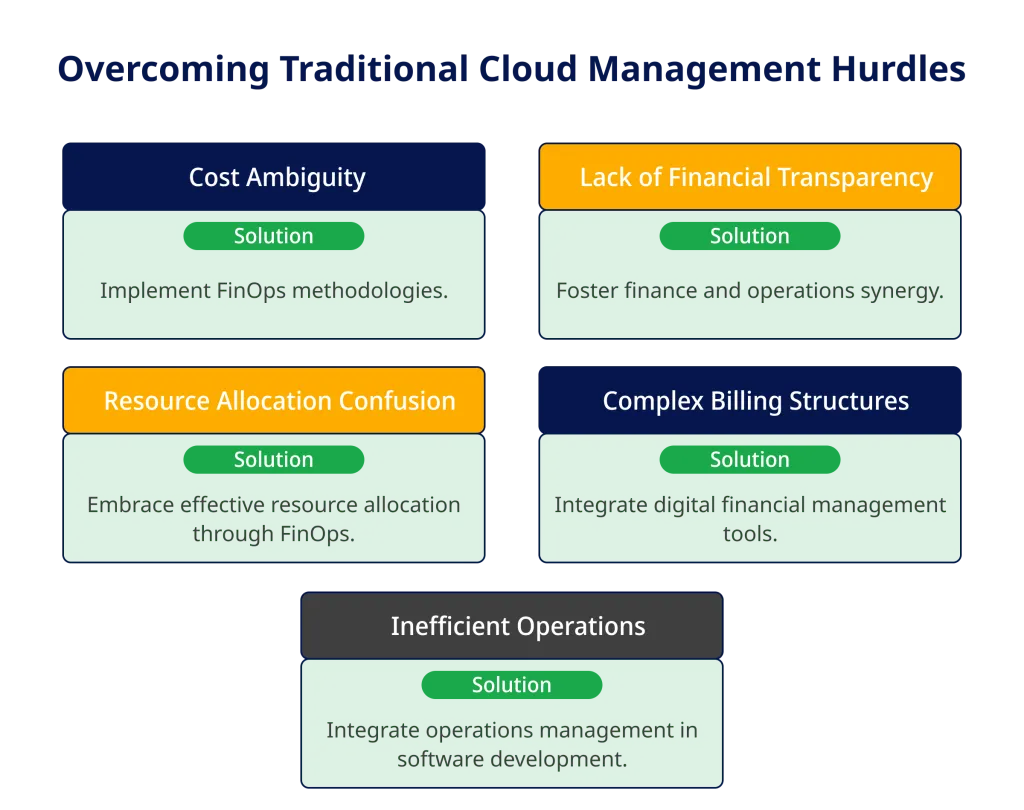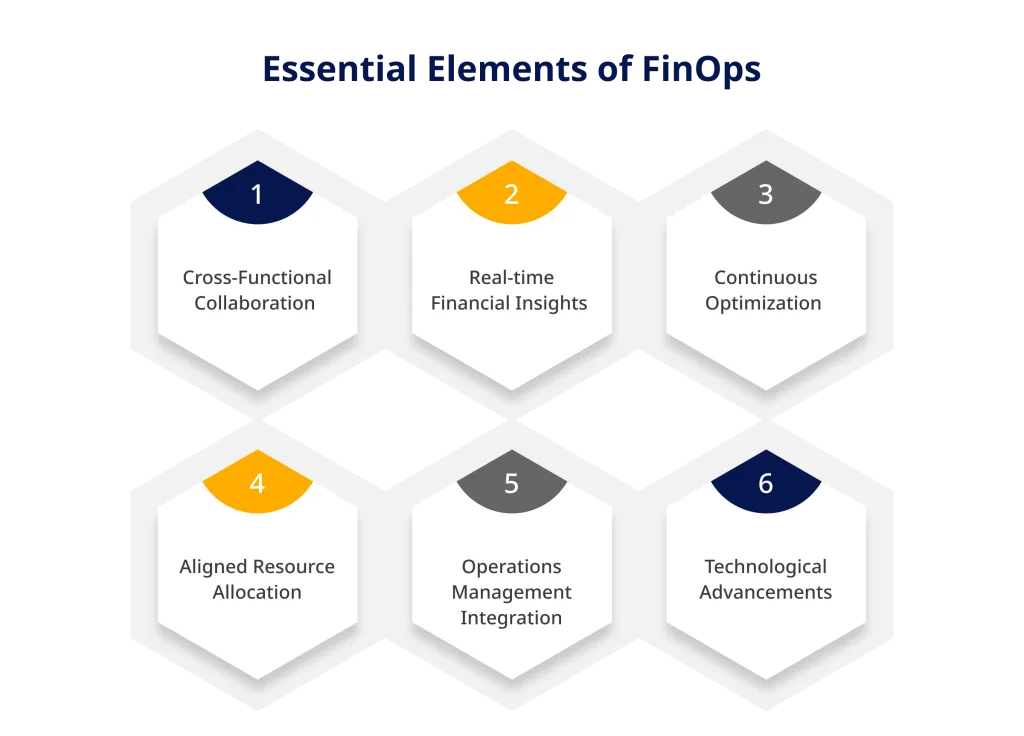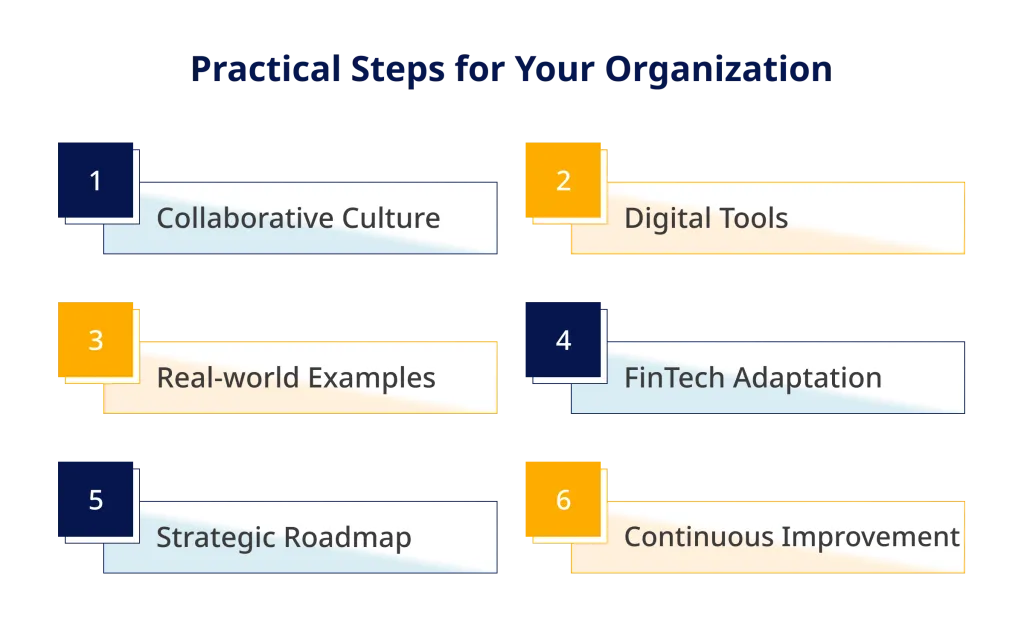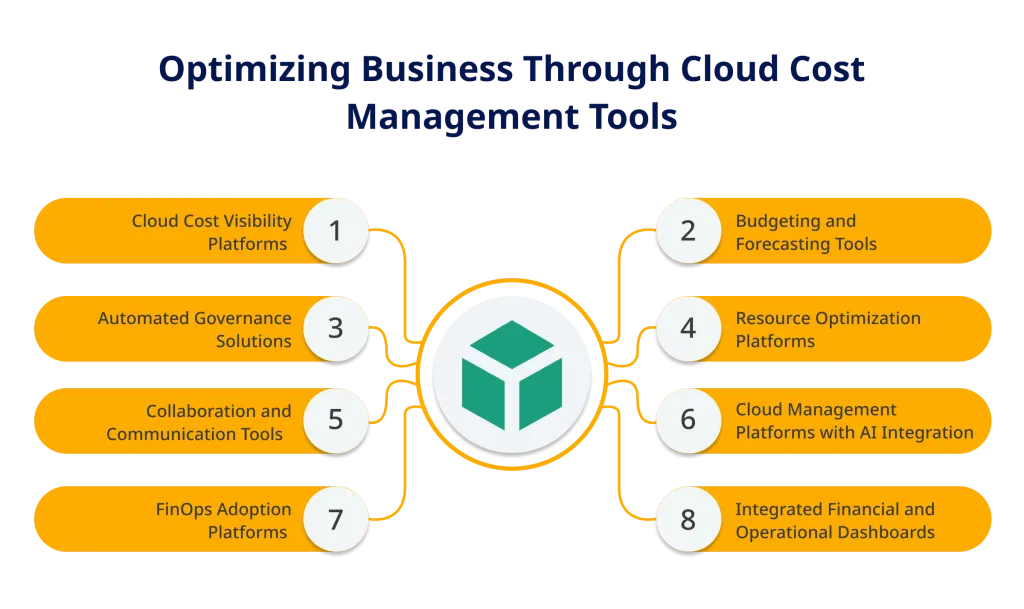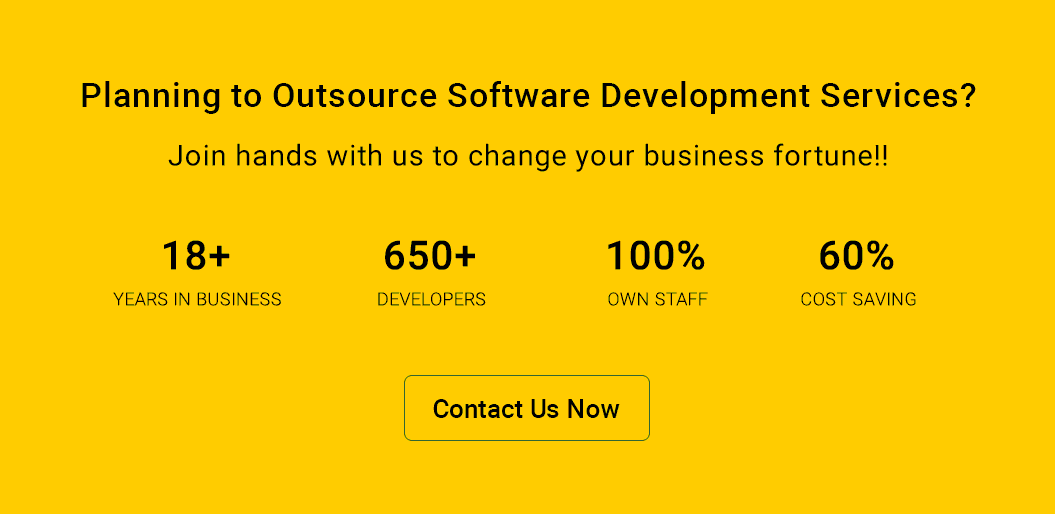Are cloud costs spiraling out of control?
You’re not alone – wasted cloud spending will reach $14.5 billion in 2023, according to Flexera’s State of the Cloud report.
As cloud adoption accelerates, getting cloud financial management right becomes mission-critical.
This emerging practice – FinOps – brings financial accountability to cloud usage, spending, and resources through cross-functional processes and insights.
This comprehensive FinOps guide will share proven strategies like continuous cost monitoring, team accountability, spending policies, and architecture optimization to maximize cloud ROI.
You’ll learn how leading FinOps practitioners reduce waste through granular spend visibility while enabling innovation and planning.
Follow our framework spanning people, processes, and tools – the three foundational pillars – for instilling FinOps excellence across your organization.
With Financial Operations best practices any cloud leader can implement regardless of the maturity stage, it’s time to take control of the cloud purse strings through FinOps operationalization.
Meet the future where the cloud enables limitless potential at an accountable cost.
Discover how ValueCoders' expert services can optimize your financial operations.
What is FinOps?
FinOps, short for Financial Operations, is a methodology that seamlessly integrates financial accountability into software development practices, effectively merging DevOps and DevSecOps.
In simplifying complex financial processes, FinOps ensures a smooth collaboration between the financial and operational aspects of software development.
Financial Operations (FinOps) is a guiding force, seamlessly incorporating financial accountability into operations.
The Core Principles of FinOps
Let’s look at the core Financial Operations (FinOps) principles that act as guiding lights for organizations seeking to optimize their financial efficiency.
Understanding FinOps principles is essential to implement this into the businesses:
1. Collaboration and Shared Responsibility: Encourage collaboration between finance and operations teams. Shared responsibility ensures that financial considerations are seamlessly integrated into the operational workflow.
2. Real-time Visibility and Transparency: FinOps emphasizes real-time visibility into cloud spending. Transparency ensures financial decisions are based on accurate, up-to-date information, fostering informed decision-making.
3. Continuous Optimization: FinOps is centered around continuous optimization of costs. Regular assessments and adjustments ensure that financial strategies align with organizational needs.
4. Proactive Cost Management: The principles of FinOps go beyond reactive approaches to financial challenges. By being proactive, businesses can identify and address potential issues before they escalate, ensuring cost-effectiveness.
5. Financial Accountability Aligned with Organizational Goals: FinOps ensures financial decisions align with broader organizational objectives. Financial accountability becomes a means to support and enhance the achievement of strategic business goals.
6. Integration of AI in FinTech: Leverage AI technologies for enhanced financial insights. By integrating AI into financial processes, FinOps stays at the forefront of technological advancements, ensuring adaptability and innovation.
These core principles collectively form the backbone of FinOps, providing a roadmap for organizations to understand the intricacies of modern financial management.
From fostering collaboration and transparency to continuous optimization and alignment with organizational goals, FinOps principles empower businesses to face financial challenges and to thrive in an environment of efficiency and strategic foresight.
Here’s how FinOps combines financial accountability with cloud technology:
1. Aligning Objectives: FinOps bridges the gap by aligning the objectives of finance and operations teams, ensuring a shared vision. By fostering collaboration, FinOps encourages joint decision-making, promoting financial prudence in tandem with operational goals.
2. Real-time Insights: It helps digital financial management by embracing digital tools; FinOps provides real-time insights into financial metrics. Integrating financial considerations into software development tools ensures a holistic understanding of costs.
3. Proactive Cost Management: With the help of financial operations’ best practices, businesses can manage costs and optimize expenses through continuous monitoring and adjustment. Implementation tips guide teams in integrating FinOps seamlessly into their workflows, maximizing its benefits.
4. Streamlined Processes: Effective management ensures that FinOps becomes an integral part of daily operations rather than an isolated process. Particularly relevant for FinTech software development, FinOps streamlines financial processes, allowing for agility and innovation.
FinOps acts as a compass, guiding businesses through the intricate landscape of cloud technology while instilling financial discipline.
It’s not just a set of practices; it’s a mindset that optimizes costs, fosters collaboration, and propels organizations toward digital financial management excellence.
As a best practice, integrating FinOps into operations management becomes a strategic move, especially for FinTech software development companies seeking to balance innovation with fiscal responsibility.
Elevate your financial management with ValueCoders' FinOps expertise.
Common Challenges Traditional Cloud Management
Traditional cloud management often encounters hurdles that hinder seamless operations. Understanding these challenges is the first step toward practical solutions and enhancing financial efficiency.
Let’s look into the common obstacles faced:
1. Cost Ambiguity: Understanding cloud expenses can be difficult because it is challenging to figure out where resources are being used. Lack of visibility hampers the implementation of financial best practices, leading to potential overspending.
Solutions:
- Implement FinOps methodologies.
- Leverage FinOps implementation tips for efficient cost management.
- Regularly assess and adjust financial strategies based on project needs.
2. Lack of Financial Transparency: Decisions made during development may seem detached from financial outcomes, creating a disconnect. With collaboration, financial transparency becomes attainable, hindering informed decision-making.
Solutions:
- Foster finance and operations synergy.
- Encourage open communication channels between finance and development teams.
- Establish shared goals for better alignment.
3. Resource Allocation Confusion: Ensuring resources align with operational goals is like a puzzle without a clear picture. Traditional methods often need more structure for effective FinOps, impacting resource allocation.
Solutions:
- Embrace effective resource allocation through FinOps.
- Follow guidelines for managing FinOps effectively.
- Align resources purposefully with the help of digital tools.
4. Complex Billing Structures: Deciphering intricate cloud service bills can feel like decoding a complex language. With digital tools, managing and understanding billing complexities becomes increasingly more manageable.
Solutions:
- Integrate digital financial management tools.
- Adopt tools to simplify the deciphering of intricate cloud service bills.
- Embrace financial operations best practices for clear financial insights.
5. Inefficient Operations: Traditional cloud management may lead to inefficiencies, slowing development. Operations Management software development: The absence of integrated operations management in software development contributes to inefficiencies.
Solutions:
- Integrate operations management in software development.
- Utilize Operations Management software development for streamlined processes.
- Implement digital transformation services to enhance overall efficiency.
As the digital landscape grows, adopting the change is essential. By recognizing these challenges and implementing FinOps methodologies, businesses, especially in FinTech software development, can enhance financial accountability, streamline operations, and pave the way for innovation.
Integrating AI and ML in FinTech, data analytics, and digital transformation services further propels the industry toward a future marked by efficiency and agility.
Elevate your financial management with ValueCoders' FinOps expertise.
Key Components of FinOps
Financial Operations (FinOps) relies on several key components to ensure effective integration of financial accountability into operations.
Let’s break down these crucial elements in a way that’s easy to understand:
1. Cross-Functional Collaboration: Establish a good collaboration with Finance and Operations integration. One proven financial collaboration strategy is open communication channels between finance and operations teams. Foster a collaborative culture to facilitate joint decision-making.
2. Real-time Financial Insights: Utilize digital tools for real-time insights into financial metrics. Implement tools that provide transparency into spending and resource allocation.
3. Continuous Optimization: Adopt a cost optimization strategy. Regularly assess and adjust financial strategy based on project needs.
4. Aligned Resource Allocation: Align resources purposefully with organizational goals. Leverage digital tools to ensure resources are allocated efficiently.
5. Operations Management Integration: Integrate financial considerations into software development processes. Ensure seamless coordination between operational and economic aspects.
6. Technological Advancements: Embrace digital transformation services to enhance efficiency—leverage technology to streamline processes and improve adaptability.
These are some of the financial optimization techniques that work harmoniously and create a framework for successful FinOps implementation.
Fostering collaboration, using digital tools for real-time insights, and continuously optimizing financial strategies help businesses, especially in FinTech, navigate financial operations with agility.
Aligning resources effectively, integrating operations management, and embracing technological advancements further contribute to precision in this complex landscape.
Additionally, considering the benefits of AI and ML in FinTech, coupled with data analytics services, further empowers organizations to stay at the forefront of innovation and efficiency.
Ensure Your organization's financial strategies align with operational goals.
Implementing FinOps in Your Organization
Implementing Financial Operations (FinOps) in your organization is a strategic move toward aligning financial accountability with operational excellence.
Let’s explore practical steps to integrate FinOps seamlessly:
1. Foster a Collaborative Culture: Encourage open communication between finance and operations teams. Establish shared goals for effective collaboration.
2. Embrace Digital Financial Management: Utilize digital tools for real-time insights into financial metrics. Implement tools that provide transparency into spending and resource allocation.
3. Leverage Operations Management Software: Integrate financial considerations into software development processes.
Choose software that aligns with both operational and financial objectives.
4. Tailor FinOps to Your FinTech Company: Customize FinOps strategies to suit the unique needs of a FinTech company.
Ensure that FinOps practices enhance innovation and financial efficiency.
5. Embrace Technological Advancements: Embrace digital transformation services to enhance efficiency. Leverage technology to streamline processes and improve adaptability.
6. Explore AI and ML Solutions: Consider how AI and ML can enhance FinOps practices. Explore ChatGPT for Finance to integrate AI-driven insights into financial decision-making.
7. Harness Data Analytics Services: Utilize data analytics services to extract meaningful insights. Leverage analytics to inform financial strategies and optimize costs.
Implementing FinOps requires a holistic approach, combining collaborative efforts, digital tools, customized strategies for FinTech, technological integration, AI and ML exploration, and data analytics utilization.
By following these steps, your organization can unlock the full potential of FinOps, achieving a harmonious blend of financial control and operational efficiency.
Cloud Cost Management Tools for Business Excellence
Effective Cloud Cost Management is pivotal in FinOps, ensuring the balance between financial efficiency and operational excellence.
Let’s explore the tools that empower FinOps practitioners in optimizing costs and fostering collaboration between finance and operations:
1. Cloud Cost Visibility Platforms: These platforms provide real-time visibility into cloud spending. Businesses can track expenses, ensuring a clear understanding of where financial resources are allocated.
2. Budgeting and Forecasting Tools: Tools for budgeting and forecasting facilitate proactive cost management. Businesses can set realistic budgets and anticipate future expenses, aligning financial strategies with organizational goals.
3. Automated Governance Solutions: Automated solutions enforce governance policies and compliance standards. This ensures financial decisions align with regulatory requirements and internal policies, minimizing risks.
4. Resource Optimization Platforms: These platforms optimize resource allocation for cost-effectiveness. By aligning resources with operational needs, organizations prevent underutilization or over-provisioning, maximizing efficiency.
5. Collaboration and Communication Tools: Tools facilitating communication between finance and operations teams. Seamless collaboration ensures that financial decisions are well-informed and aligned with operational objectives.
6. Cloud Management Platforms with AI Integration: AI in FinTech or cloud management platforms enhances financial insights. AI-driven analytics provide intelligent recommendations for optimizing costs, enabling data-driven decision-making.
7. FinOps Adoption Platforms: Platforms designed for FinOps adoption in companies guide organizations through the implementation process.They provide resources, training, and frameworks to ensure a smooth transition to FinOps practices.
8. Integrated Financial and Operational Dashboards: Dashboards that integrate financial and operational data for comprehensive insights. Businesses can make informed decisions by having a holistic view of both financial and operational aspects.
Leveraging these Cloud Cost Management Tools aligns with FinOps principles to ensure that organizations achieve financial and operational collaboration, leading to FinOps for business excellence.
As FinOps continues to gain traction, these tools become essential assets for businesses navigating the complexities of cloud financial management.
See how ValueCoders transforms cloud spending into a strategic advantage.
Conclusion
As we’ve seen, FinOps delivers immense value by unifying financial and operational insights to maximize Cloud’s potential.
It brings accountability to consumption while enabling innovation in product teams by shedding light on usage and spending.
Wide FinOps adoption in companies comes down to executive commitment more than tools alone. Make FinOps a continuous journey focused on positive outcomes over finger-pointing blame.
Maintain open dashboards, empowering self-service savings while establishing guardrails and policies balancing agility with responsibility.
Approaching FinOps as an evolving practice centered on financial and operational collaboration at every level will drive cloud excellence.
Instilling cross-functional transparency and ownership early reduces surprises while aligning tradeoffs with business priorities.
The future demands lean FinOps programs ingrained into company DNA. Is your cloud financial management strategy ready to maximize value? The time to optimize is now; get expert guidance from ValueCoders to ensure the success of your project.



